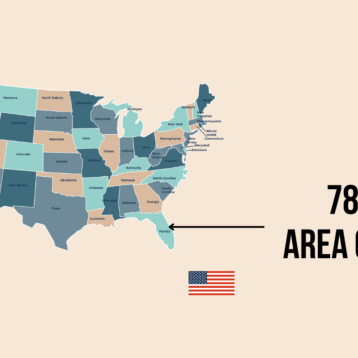
As the landscape of education and work continues to evolve, a growing number of students are opting for coworking spaces instead of traditional school libraries for their study and project needs. To provide a comprehensive view of why some students are opting for coworking spaces over traditional school libraries, we reached out to students from San Jose State University. Each participant was selected for their unique relationship with coworking environments, which aligns with their academic and professional pursuits. James, Sarah, and Emily were chosen due to their distinct backgrounds—entrepreneurship, commuting challenges, and creative freelancing, respectively—providing a broad perspective on the advantages of coworking spaces for different types of students. Their experiences and insights aim to highlight the diverse reasons students are drawn to these alternative study environments.
Entrepreneurial Spirit: James’ Story
James Anderson, an entrepreneurship major at San Jose State University, is currently developing a startup social media company. Thanks to a grant from his school, he’s able to access a coworking membership at Satellite Workplaces Campbell. “The environment here is incredibly conducive to innovation. I meet other entrepreneurs daily, and their insights have been crucial in overcoming some significant challenges in my project,” James shares enthusiastically. He adds, “The collaborative atmosphere is something you don’t typically find in a school setting, which has accelerated my startup’s progress remarkably.”
Commuter Convenience: Sarah’s Perspective
Sarah Thompson, another SJSU student, faces the typical challenges of a commuter. Living significantly far from campus, Sarah finds more value in a coworking space closer to her apartment. “Traveling to campus just to use the library eats up a lot of my time. Here, I can walk in anytime, settle down quickly, and start working without losing hours in transit,” she explains. For Sarah, the choice is about practicality and maximizing her study time without the commute hassle. She appreciates the modern facilities and the quiet, professional environment that her chosen coworking space offers, which are often lacking in crowded campus libraries.
Creative Collaboration: Emily’s Discovery
Emily Clark, a graphic design major, initially sought a quieter place than her bustling school library to focus on her projects. She chose a local coworking space for its serene environment but found more than just peace. “I thought I wanted solitude, but I ended up connecting with clients here. It’s turned into a fantastic place to both work and expand my professional network,” Emily reveals. She values the spontaneous interactions and the vibrant, creative energy that the space fosters, which have led to significant growth in her freelance career.
Conclusion
From fostering entrepreneurial networks to providing practical solutions for commuters and unexpected professional opportunities for creatives, coworking spaces offer a compelling alternative to school libraries. Each student’s story reflects a broader trend of seeking environments that not only support their academic pursuits but also enhance their professional and personal growth. The dynamic nature of coworking spaces encourages networking, collaboration, and a balance of social interaction with productivity, which is increasingly being preferred by students over traditional, sometimes isolating, academic environments. As educational and professional landscapes continue to intersect more closely, coworking spaces may become a preferred choice for more students looking to make the most out of their learning and working experiences.










